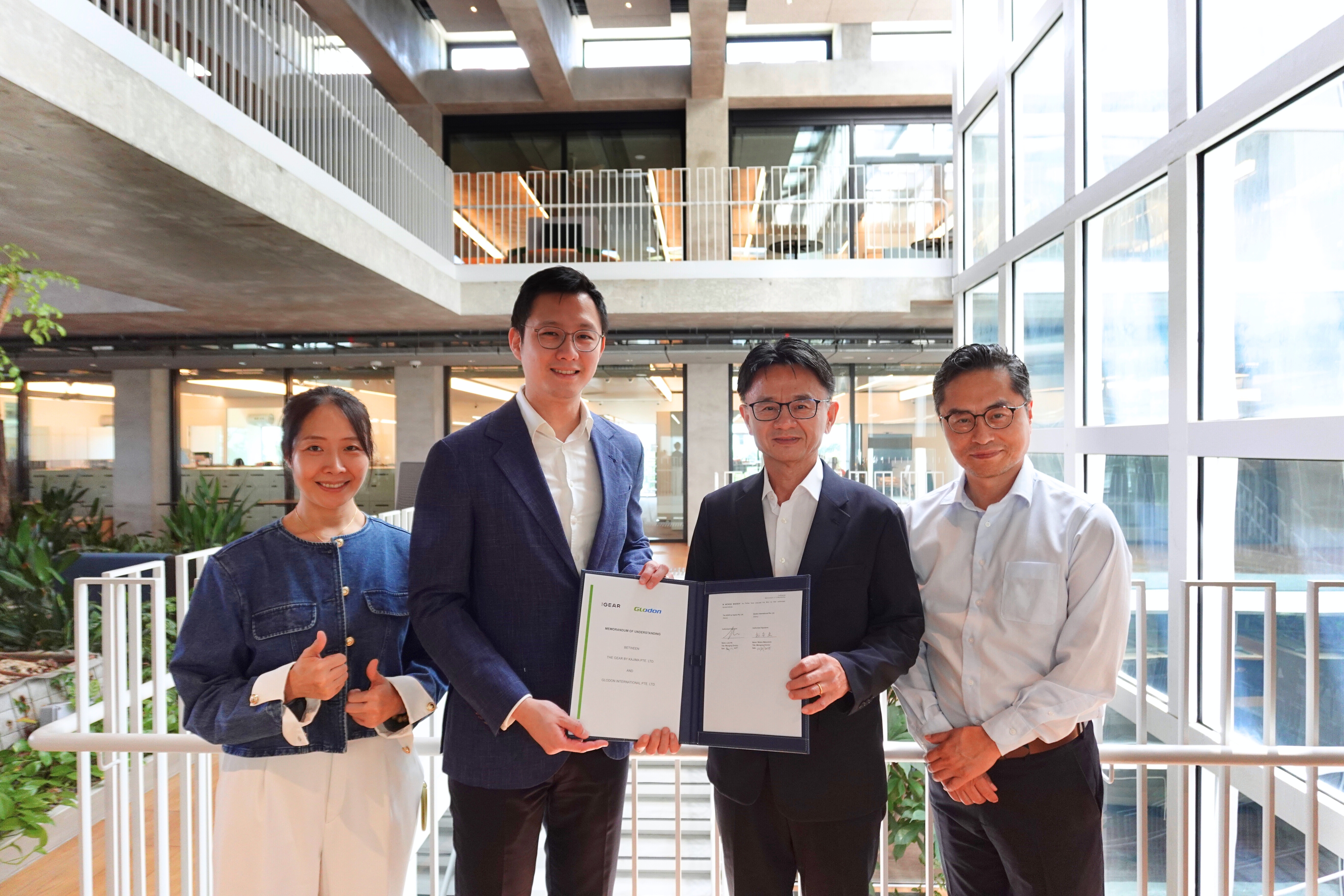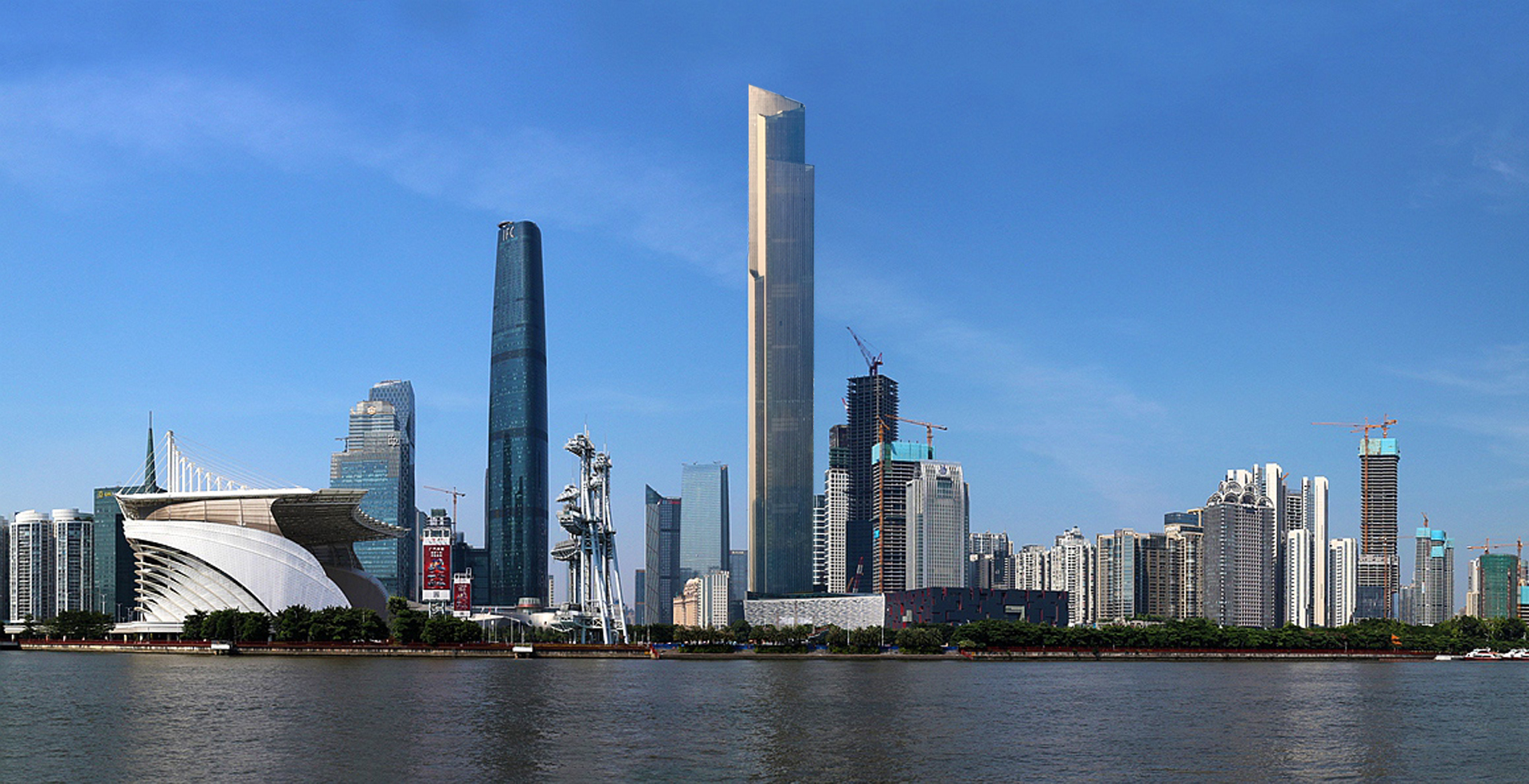September 19.2025
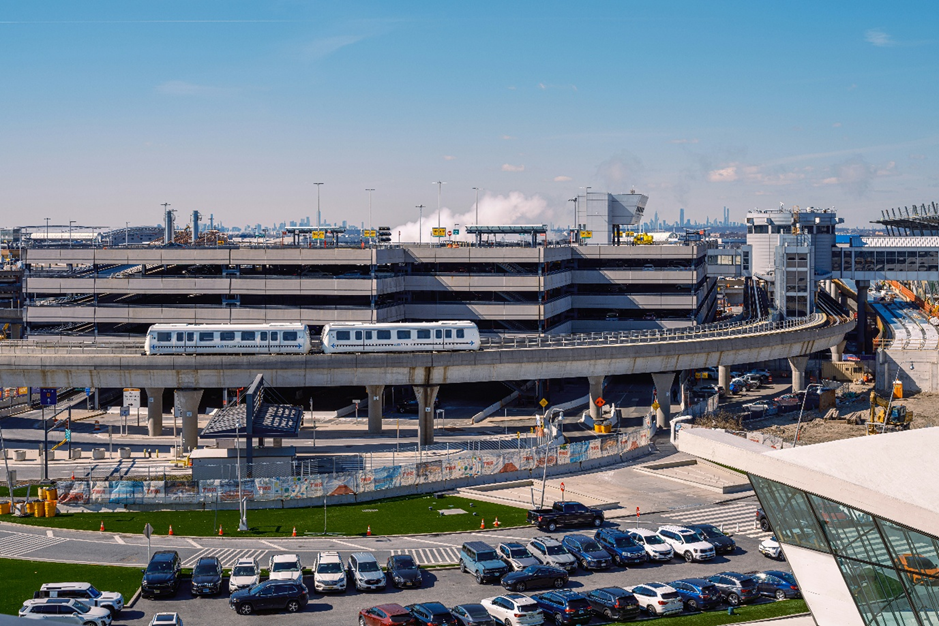
Mega projects are the icons of modern development. Think of international airports, high-speed railways, or entire new city districts. These projects are massive in ambition and impact, but they also come with a heavy environmental cost. Huge amounts of steel, concrete, and energy are required, and the carbon footprint can be staggering.
For years, it felt like decision-makers had to choose between building big or building sustainably. But today, Building Information Modeling (BIM) is showing that both goals can be achieved together. BIM provides the digital backbone that allows mega projects to be smart, efficient, and environmentally responsible.
What Is BIM in Simple Terms
At its core, BIM is a digital model of a building or infrastructure project. But it is more than just a 3D drawing. BIM brings together design, construction, and operations data into one shared platform. This means architects, engineers, contractors, and owners all work with the same information.
Instead of relying on stacks of 2D drawings that can lead to errors and confusion, BIM creates a single source of truth. For mega projects, where hundreds of stakeholders are involved, this collaboration is not just useful, it is essential.
Projects like Crossrail in London and California’s High-Speed Rail have shown how BIM improves collaboration across thousands of contractors, cutting errors and keeping sustainability goals on track.
Why Mega Projects Struggle with Sustainability
The challenge with mega projects is scale. A new rail system or stadium uses enormous amounts of materials like concrete and glass. The construction phase alone consumes energy on a huge scale, and once completed, these structures will continue to require energy for decades.
Budgets make things more difficult. When costs spiral, sustainability features are often the first to be cut. Low-carbon materials or renewable energy systems might be labeled as optional rather than necessary. That trade-off has long been the biggest roadblock to greener mega projects.
From the Middle East to Southeast Asia, ambitious projects have sometimes faced criticism for overlooking sustainability when faced with rising costs. But BIM offers a way to balance ambition with responsibility.
BIM as the Bridge Between Cost and Green Goals
BIM helps change this equation. Because it integrates design and cost data, BIM makes it easier to see how sustainable decisions also make financial sense. It provides the evidence that a green choice can also be a cost-saving choice.
For example, BIM simulations can reveal that better insulation reduces not only emissions but also operating costs over decades. This is true for skyscrapers in New York as much as it is for office parks in Shanghai. By presenting sustainability in measurable, financial terms, BIM ensures that green goals are not sidelined but become part of the business case.
Smarter Design Decisions
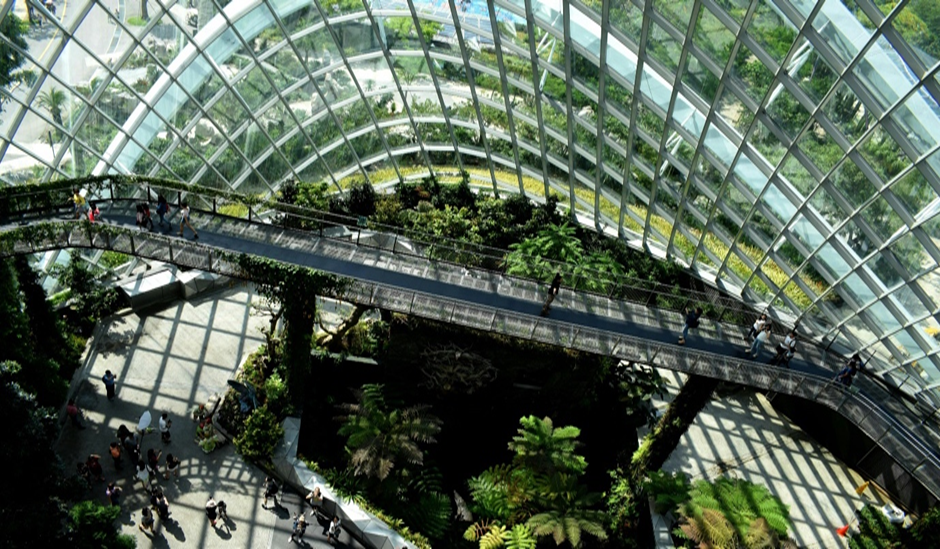
One of the most powerful features of BIM is the ability to simulate performance early in the design process. Teams can test how a building will behave in terms of energy use, daylight, or airflow before construction begins.
This approach was used in Singapore’s Changi Airport Terminal 4, where simulations helped optimize natural light and cooling. In the Middle East, BIM has been applied in the design of Dubai Expo pavilions, ensuring energy-efficient structures in one of the hottest climates on earth.
These early design insights allow project leaders to select greener solutions without the risk of costly redesigns later. By encouraging smarter decisions upfront, BIM ensures mega projects start with sustainability in mind, not as an afterthought.
Cutting Waste With Accurate Material Planning

Materials are one of the biggest sources of waste in construction. Traditional estimation often leads to over-ordering, which drives up costs and emissions. BIM addresses this problem by providing highly accurate quantity takeoffs.
This is where Glodon Cubicost plays a vital role. As a BIM-based cost estimation tool, Glodon Cubicost allows project teams to calculate material needs with precision. Instead of ordering extra tons of steel “just in case,” teams can order exactly what is required. The benefits are clear: less waste, lower costs, and reduced embodied carbon.
In China’s high-speed rail projects, precise planning through BIM has already cut material waste significantly. Similarly, Crossrail London used BIM to coordinate materials across hundreds of contractors, avoiding unnecessary overruns. For mega projects, even a two percent improvement translates into massive financial and environmental savings.
Better Coordination, Less Rework

Mega projects involve thousands of design elements coming together. Without coordination, mistakes can creep in. A ventilation duct might clash with a structural beam, or plumbing may conflict with electrical lines. If discovered too late, these errors lead to rework, delays, and wasted materials.
BIM’s clash detection identifies these conflicts before construction begins. The California High-Speed Rail project in the USA used BIM to spot thousands of potential clashes early, avoiding costly delays. Similarly, BIM was used during the construction of stadiums for the Qatar World Cup, ensuring smooth coordination across dozens of international contractors.
The sustainability benefit is clear. Less rework means fewer wasted materials, fewer emissions from machinery, and a smoother project timeline.
Sustainability Beyond Construction
The role of BIM does not end when construction finishes. Once a mega project is operational, BIM continues to deliver value. Facility managers can use BIM data for predictive maintenance, ensuring systems like heating and cooling run efficiently.
Hospitals in Singapore are already using BIM to schedule maintenance more intelligently, saving energy and reducing downtime. In Europe, smart districts are linking BIM models with renewable energy systems, creating real-time insights into performance and carbon impact.
Over decades, these efficiencies add up. BIM ensures mega projects remain sustainable long after the ribbon-cutting ceremony.
The Future of BIM in Mega Projects
Looking ahead, BIM is evolving into even more powerful tools. Digital twins are already being used to mirror real buildings, providing live data on energy use and performance. Artificial intelligence is beginning to enhance BIM, allowing for predictive insights on carbon emissions.
In the Middle East, new smart city developments are being designed with BIM at their core, integrating transport, energy, and housing into a single connected system. In the United States and Europe, government-backed infrastructure programs are making BIM mandatory, ensuring sustainability is built into every stage.
The direction is clear. The future of BIM is the future of sustainable, data-driven construction.
Why This Matters for the Future of Construction
Mega projects are no longer measured only by their size or complexity. Today, they are judged by how well they balance ambition with responsibility. Clients, governments, and communities increasingly expect infrastructure that is both impressive and sustainable.
BIM is central to meeting these expectations. By uniting cost control, smarter design, and lifecycle efficiency, it ensures sustainability is not just an extra feature but part of the foundation. Around the world, the projects that embrace BIM are proving that green goals and economic performance go hand in hand
Getting Started With BIM-Driven Sustainability
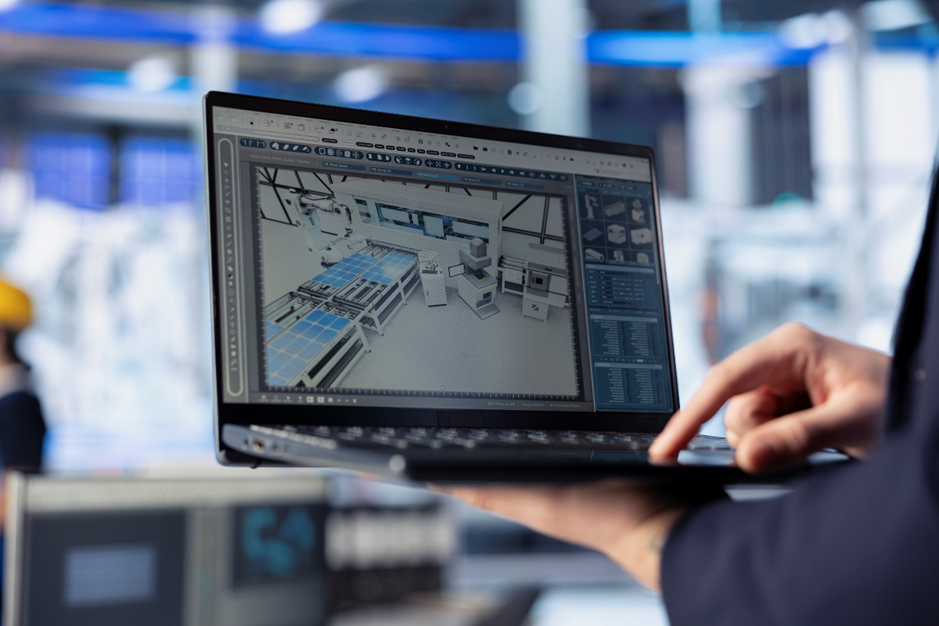
For companies planning their next mega project, the message is clear: sustainability is achievable when supported by the right digital tools. Adopting BIM does not just improve efficiency during design and construction, it creates long-term value throughout operations.
Solutions like Glodon Cubicost make this journey more practical. By combining cost accuracy with precise material planning, Glodon Cubicost helps project teams cut waste, stay on budget, and reduce environmental impact. It shows that digital construction is not only smarter but greener.
The future belongs to builders who think big and build responsibly. BIM is the bridge to that future, and tools like Glodon Cubicost are paving the way.
If you’re ready to streamline your cost planning, cut material waste, and move one step closer to greener construction, connect with us today to experience Glodon Cubicost.





